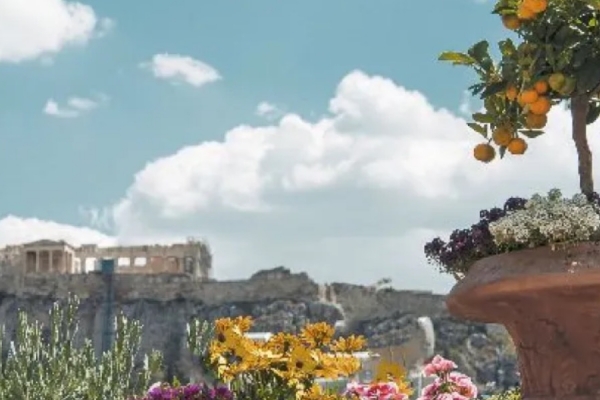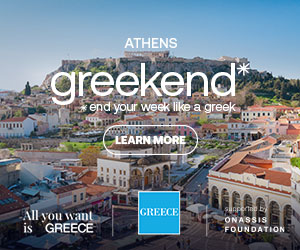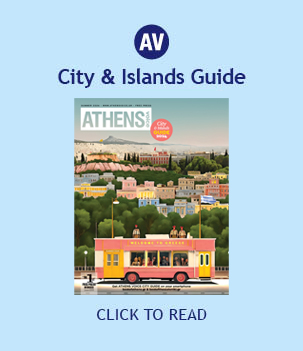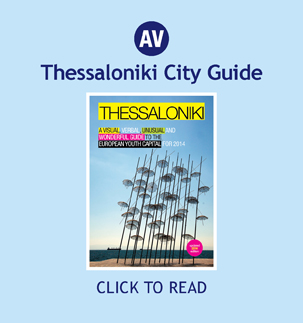By Isabelle Clayton
New York City has its boroughs, Paris has its arrondissements, and Athens has its neighborhoods. From sightseeing to shopping, from fine dining to clubbing, each Athenian neighborhood has its own unique character, offering different things to those who visit it. Chances are, in order to truly experience Athens, you’ll have to explore its neighborhoods too!
Piraeus
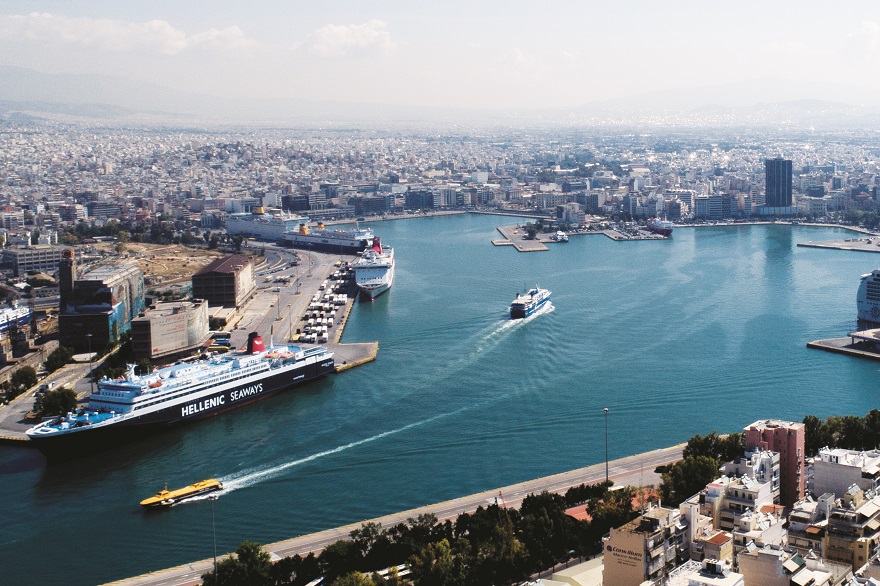
Piraeus, a port in ancient times, remains the largest port in Europe and a place rich with history. If you plan on visiting the islands while in Greece, arrive in Piraeus a few hours early to explore the Hellenic Maritime Museum, or to feast on fresh seafood with an idyllic view of the Aegean Sea.
Glyfada
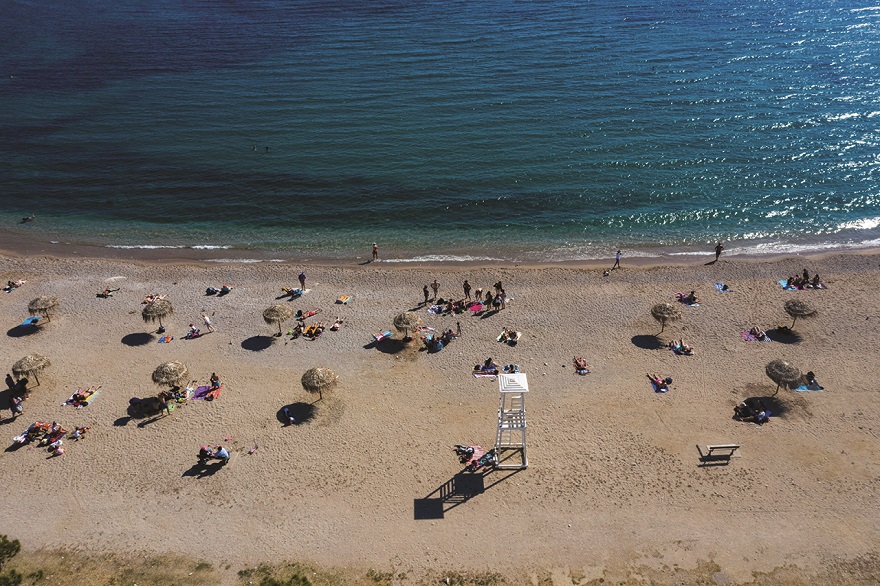
In Glyfada, young people wear designer brands and luxury yachts float peacefully on the pristine sea. With places to shop, clear water beaches, and bustling nightlife, Glyfada is a place for both tourists and locals alike.
Exarcheia
In Athens’ most bohemian neighborhood, you can expect to see walls painted with powerful political messages, young people engaging in intellectual conversations in cafes, and live rock bands performing in nightclubs. Especially popular among the college demographic, many come here for an inexpensive bite to eat, or to shop at its vintage clothing stores.
Monastiraki-Thisseio
Stroll through the streets of these two neighborhoods with a view of the Acropolis, and purchase souvenirs or bags of roasted nuts from vendors atop the site of the ancient Agora (marketplace). Monastiraki is one of the most notable shopping destinations in Athens, hosting a weekly Sunday flea market, and is popular among tourists for its tavernas and bars. Thisseio is far less rowdy, with roof-top restaurants perfect for a romantic dinner, or an Open Air Cinema showing movies on crisp summer nights.
Plaka
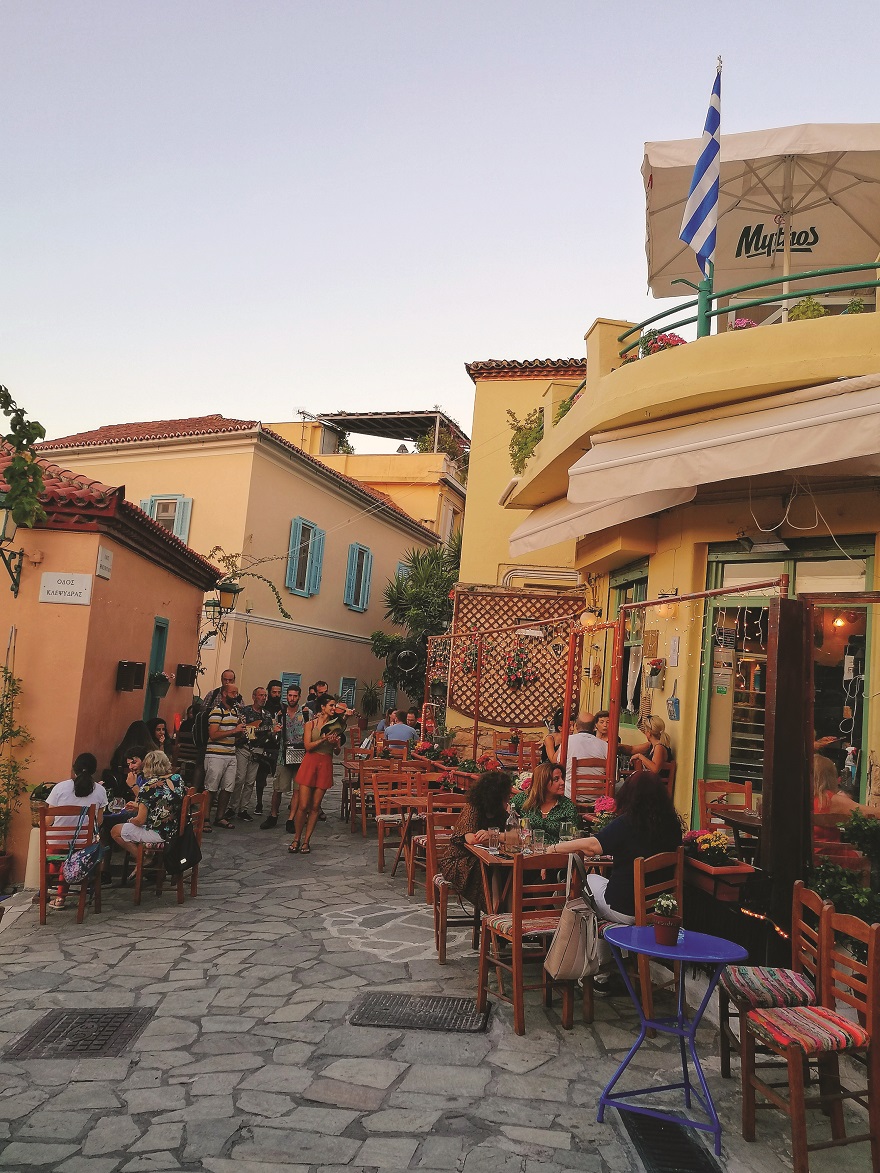
Likely one of the most touristic neighborhoods in Athens, Plaka is a tight knit matrix of small houses, restaurants, shops and cafes, directly below the Acropolis. As you walk through the cobblestone streets of Plaka, buildings dating back to the Ottoman occupation of Greece and ancient remains of the Roman Agora are sure to make you feel like you are traveling back in time.
Historic Center
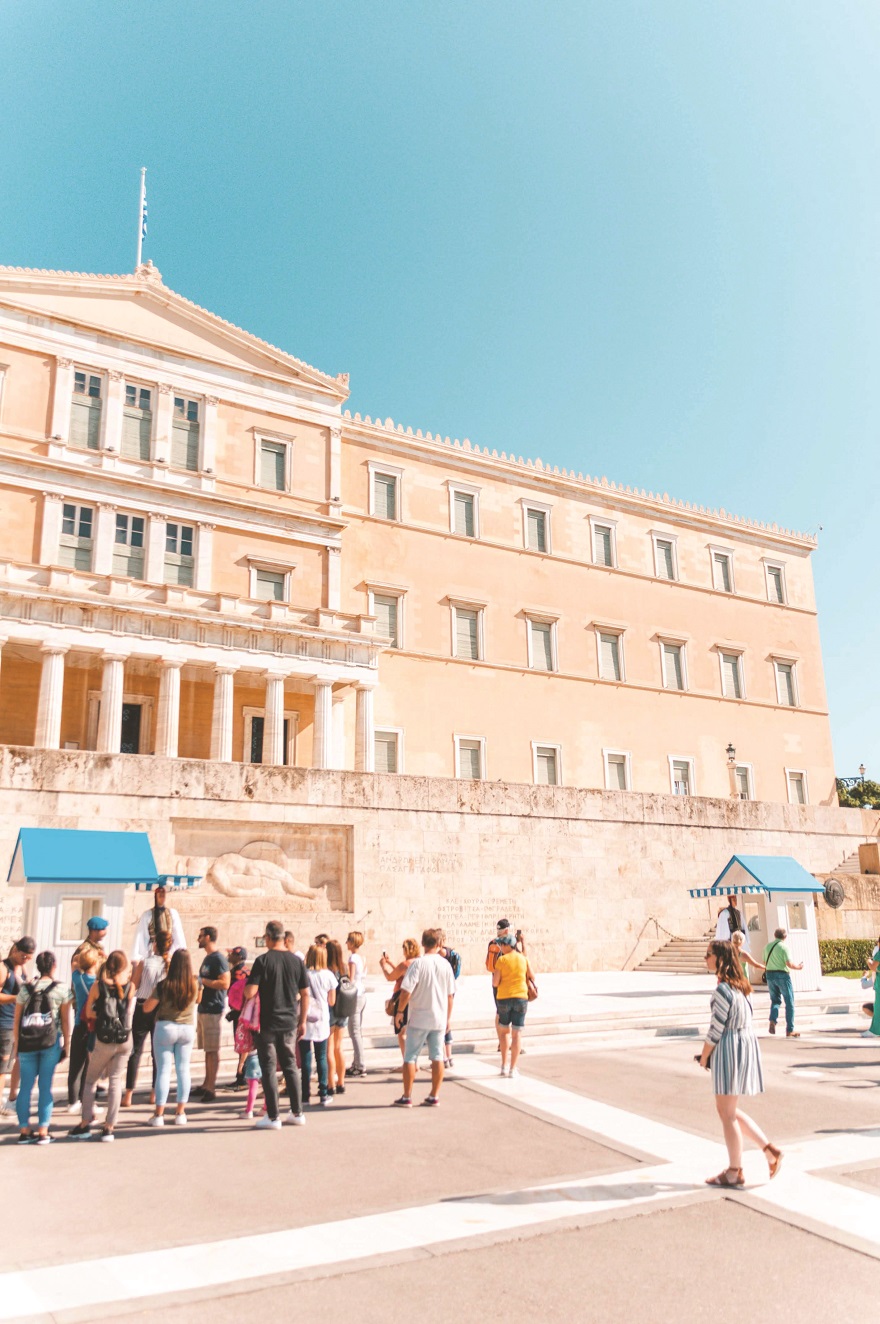
The Historic Center of Athens is as much a modern hub as it is a place of historical significance. Between Syntagma, Monastiraki, and Omonia, this neighborhood is the site of the city’s government (in Syntagma Square) and corporate headquarters, but also hosts important cultural landmarks, like the Tomb of the Unknown Soldier, and the Athens Academy, Library, and University trilogy.
Kolonaki
Directly above Pangrati, Kolonaki is one of the most wealthy neighborhoods in Athens. What sets it apart is not only its hip restaurants, trendy bars, and designer boutiques, but its placement on the steep incline below Lycabettus Hill.
Kifissia
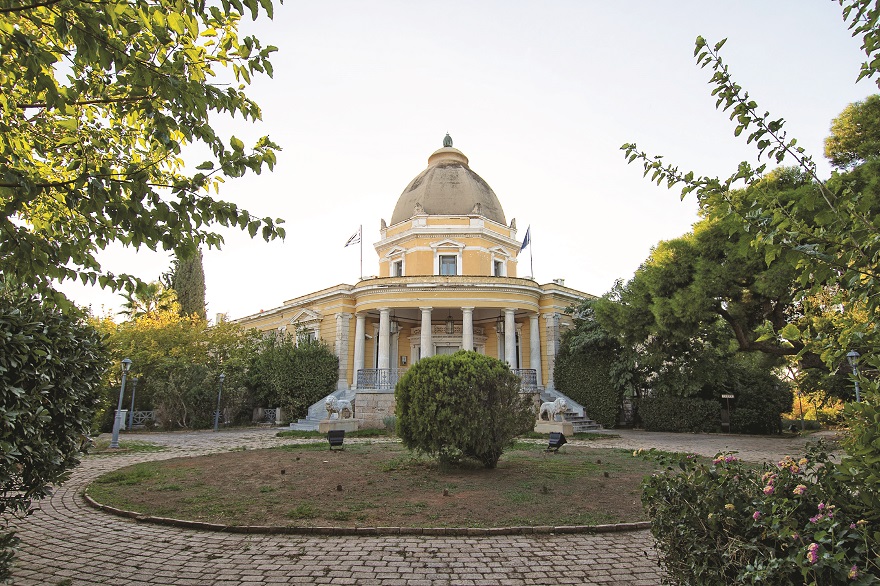
Kifissia is a wealthy residential neighborhood in Northeast Athens. It undoubtedly juxtaposes the city center, with its picturesque parks, manicured lawns, large mansions, and even, bike lanes.
Gazi
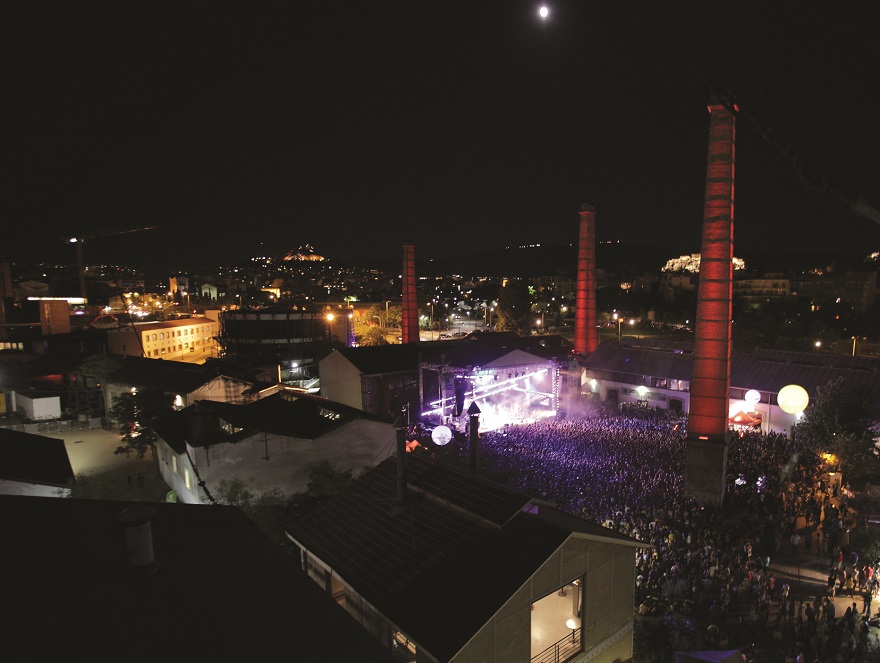
In Gazi, tightly packed restaurants and clubs hum with music and dance into the early hours of the morning. Once the site of the Athens gasworks, the neighborhood now features incredible displays of street art, as well as the Technopolis, a venue for art exhibitions and concerts.





